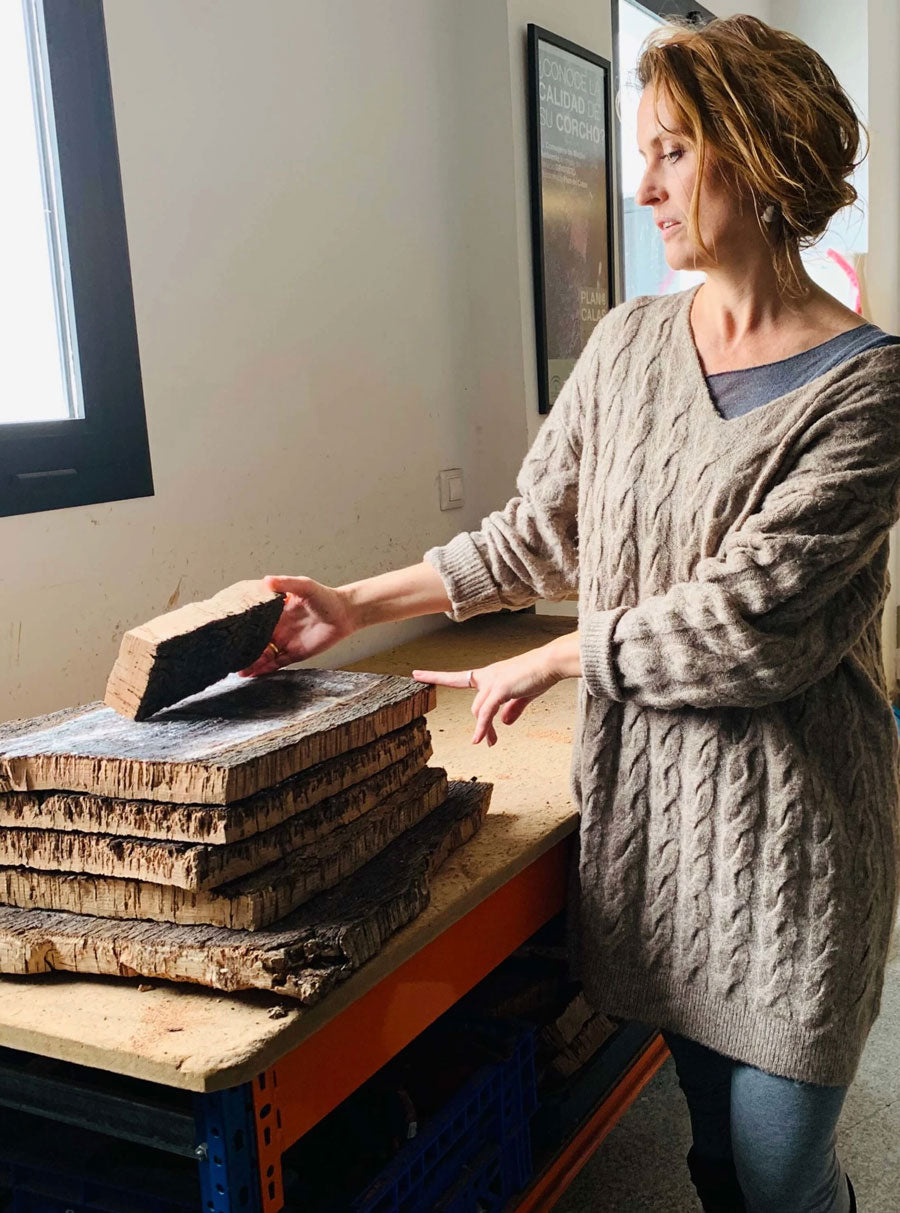Best Cork in the World

CORK FACTS {quite magical}
The precious tree plant material known as Cork – is the outer bark of the Cork Oak Tree (Quercus suber)
Best quality cork in the World comes from South of Europe: Portugal ( Algarve and Alentejo) and Spain (Extremadura and Andalusia)
Solid cork of premium quality can maintain its full sealing capacity for more than 100 years, owing to its elasticity and the Suberin waxes and fatty acids in its composition
No tree is cut down. This simple fact makes cork harvesting exceptionally sustainable, leading to a unique balance between people and nature. Cork tree harvesting is a Biodynamic process by tradition. Season starts on first New Moon of the month of May when the cells are turgid and tear without being damaged
Bark of the cork oak is stripped away every 9 to 10 years and it takes at least 25 years for a new tree to become harvestable
1st Harvest produces cork (virgin cork) that is too hard to be easily handled because it has an irregular porous structure.
2nd Harvest takes place again, 9 to 10 years later, produces better material, but still not good enough even for quality cork bottle-stoppers.
3rd and subsequent harvests produce cork from by now, at least 50 years old tree, with an even structure to be used for best quality cork products, amongst which, our Mats!
ECOLOGICAL FOOTPRINT
Cork oak tree plays a key role in ecological processes such as water retention, soil conservation and hugely reduces CO2 effect, as tree store carbon in order to regenerate bark, and a harvested cork oak tree absorbs up to 5 times more than another tree
Cork Forest is also the only home for the Iberian Lynx, which lives in many of Spain and Portugal's cork forests, and which has been declared the world’s most endangered big cat
It is still done here by teams of men using hand axes and no reliable machine method has yet been invented to do the job as efficiently. It’s a highly skilled craft, where each generation has teached the next in a continuous process from the time of the ancient Greeks and Romans.


CURIOSITIES
Old civilizations knew about the value of cork bark centuries ago: ceramics with cork tops were tucked into Egyptian tombs, Greeks & Romans shoved the spongy wood in containers filled with wine and olive oil. But it wasn’t commercially harvested in Europe until the 18th Century, when a French monk named Dom Pérignon, realised that cork could seal in the fizz and flavour of Champagne. According to legend, after he saw Spanish travellers using cork tree bark to plug their water gourds, he developed the process for Champagne production with the cork bottle stopper!
